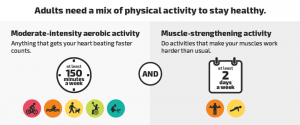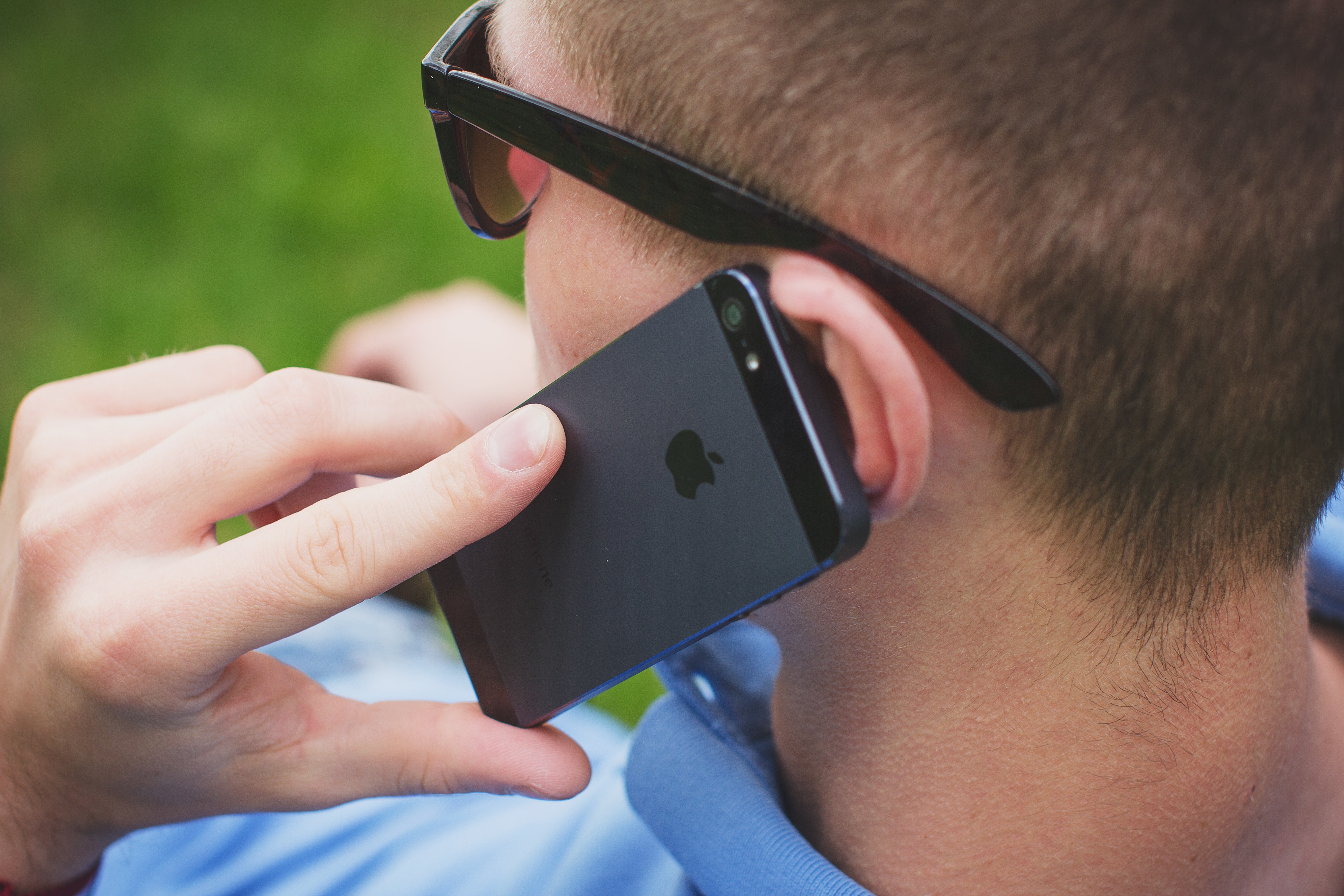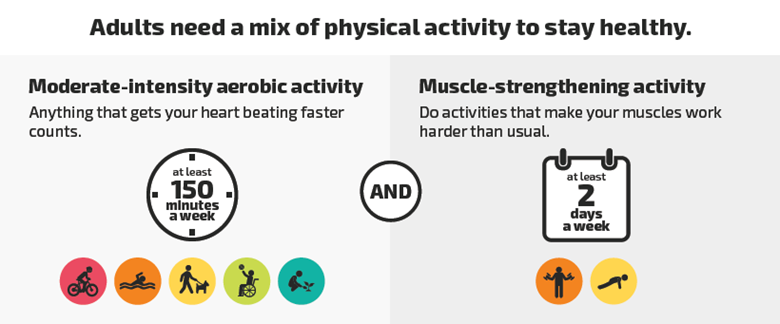Direct Support Professionals (DSP) make a lasting difference in the lives of those they assist, helping individuals of all ages and abilities rise above challenges, embrace new opportunities, and live healthier, more fulfilling lives. The Move Your Way® campaign promotes easy to use, evidence-based physical activity guidance from the Physical Activity Guidelines for Americans. Share the recommendations with those you support and inspire them to get more active.
Start the conversation!
When you bring up physical activity, it helps to keep the tone friendly and encouraging. Try these quick conversation starters.
How much physical activity do you get in an average week?
Meet people where they are. Once you have an idea of their current activity level, you can suggest small changes to help them get more active.
Are there activities you’d like to be able to do?
Would they like to run in a 5K? Climb stairs more easily? Explore more outdoor activities? Knowing their motivations can help you work together to set achievable goals. DSPs have the creativity and compassion to modify activities that align with each person’s physical abilities, ensuring they can participate safely and feel proud of their achievements—no matter their starting point.
See the DSP Move Your Way flyer for more tips on starting the conversation.
How can you Move Your Way?
Anything that gets your heart beating faster counts. And it all adds up. Find what works for you! Walking, dancing, gardening, swimming, and stretching are just a few suggestions for weekly movement. Adults need a mix of physical activity to stay healthy. Moderate-intensity aerobic activity at least 150 minutes a week, and muscle-strengthening activity at least 2 days a week. Do activities that make your muscles work harder than usual.

Kids and teens ages 6 to 17 need at least 60 minutes every day. Most of it can be moderate-intensity aerobic activity.
At least 3 days a week, encourage them to step it up to vigorous intensity. As a part of their 60 minutes, they also need muscle-strengthening at least 3 days a week and bone-strengthening 3 days a week.
What’s Your Move?
Do you have a weekly movement routine or are you just getting started? Share your story with us!
Send an email with a subject line of “Move Your Way” and ODP may feature your story on MyODP News Online!
Please be sure to fill out the Department of Human Services (DHS) Media Release Form to send with your story!











